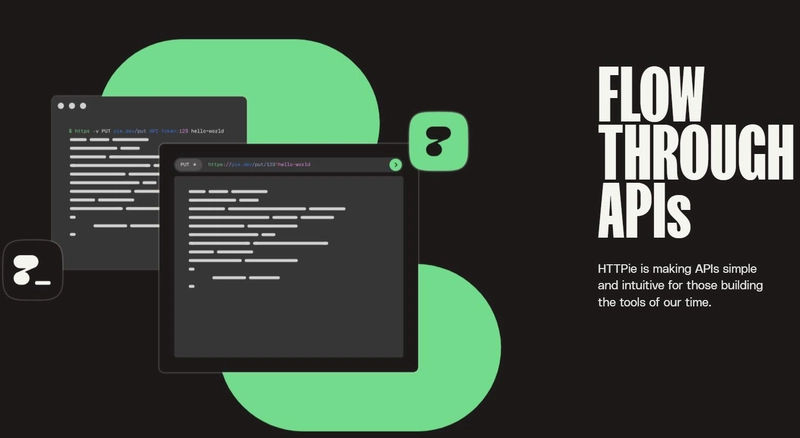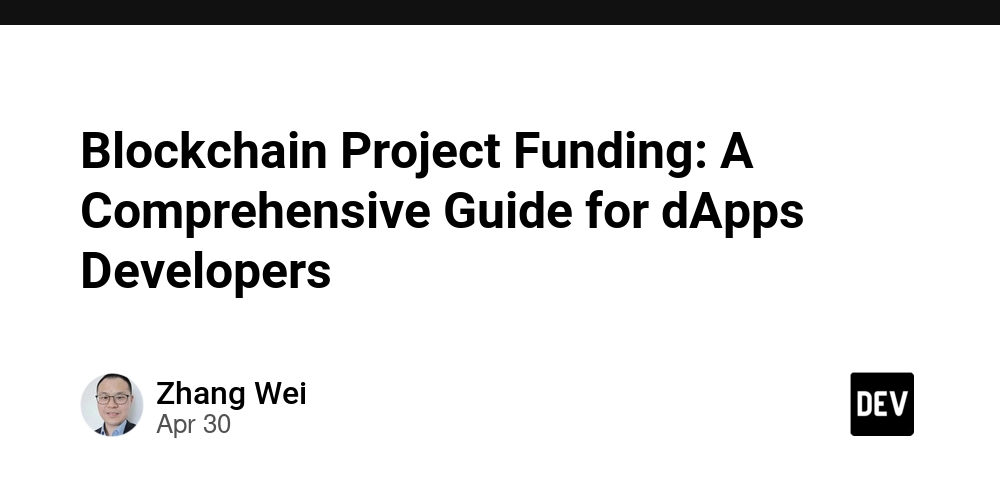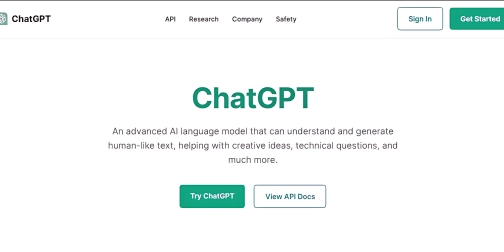6 Game-Changing Postman Alternatives That Will Revolutionize Your API Development in 2025
Let's face it – we've all been there. You're in the middle of an API testing marathon, your team is growing, and suddenly you hit that dreaded Postman free plan limit. Whether it's the 3-API cap, the measly 25 collection runs per month, or the collaboration restrictions that only allow 3 team members, these barriers can bring your development workflow to a screeching halt. Postman has been the industry standard for years, but the API development landscape has evolved dramatically. Today's teams need tools that scale with their projects, offer robust collaboration features, and don't force you into premium plans just to handle basic workflows. In this deep dive, we'll explore seven powerful Postman alternatives that are changing the game for API development teams in 2025. And spoiler alert – one of them might just make you wonder why you didn't switch sooner. Why Developers Are Abandoning Postman for Better API Testing Tools Before we jump into the alternatives, let's talk about why so many developers are looking beyond Postman in the first place. The platform that once revolutionized API testing has started showing its limitations, especially for growing teams and complex projects. Postman's free plan restrictions have become increasingly problematic: Tight API Creation Limits: With only 3 APIs allowed on the free plan, microservice architectures or multi-project teams quickly hit a wall Restrictive Collection Runs: 25 runs per month is barely enough for a single developer's testing needs, let alone a team Limited API & Mock Server Calls: The 1,000 calls per month cap feels almost laughably low for active development Automation Constraints: Only 5 flows for automation severely limits the ability to build comprehensive test suites Collaboration Bottlenecks: A 3-user limit forces teams to either fragment their workflows or pay up These aren't just minor inconveniences – they're workflow-breaking limitations that force teams to either compromise their development practices or shell out for premium plans that might not fit their budget. The good news? The market has responded with alternatives that address these pain points head-on, offering more generous free tiers, better collaboration features, and in many cases, more intuitive interfaces. Top 6 Postman Alternatives for Supercharging Your API Development 1. Apidog: The Ultimate All-in-One API Development Platform If you're looking for a true game-changer in the API development space, Apidog stands head and shoulders above the competition. This comprehensive platform doesn't just replace Postman – it transforms your entire API development workflow. What makes Apidog special is how it seamlessly integrates every aspect of the API lifecycle into one cohesive platform. From designing and documenting to debugging, testing, mocking, and team collaboration – everything lives in a single, intuitive interface. The visual API design dashboard is a breath of fresh air compared to Postman's more fragmented approach. You can drag, drop, and define endpoints with ease, eliminating the constant switching between design specs and testing tools that plagues other platforms. One of Apidog's standout features is its documentation system. Design your API once, and Apidog automatically generates clean, interactive documentation that stays in sync with your changes. This is a massive time-saver compared to Postman's more manual documentation process. For teams, Apidog's collaboration features are a revelation. With API versioning, sprint branches, and shareable online docs, your team can work together on APIs just like they would in Git – with faster feedback loops and smoother merges. Key advantages over Postman: More generous free plan with fewer restrictions on APIs, collections, and team members Unified workflow that eliminates context-switching between tools Auto-generated documentation that stays in sync with your API changes Advanced mocking capabilities for frontend-backend parallel development Git-like collaboration features for seamless teamwork Apidog's enterprise-ready access controls, including SSO and SCIM support, make it suitable for organizations of all sizes. And the innovative Apidog MCP Server turns your API specifications into dynamic data sources for AI-powered tools, pushing the boundaries of what's possible in API development. Get the Best Postman Alternative for Free 2. Swagger UI: Documentation-First API Development For teams that follow an OpenAPI-first approach, Swagger UI provides a straightforward way to visualize and interact with APIs. It's not a complete replacement for Postman's testing capabilities, but it excels at creating a bridge between documentation and testing. The open-source nature of Swagger UI means it can be easily integrated into existing workflows and customized to meet specific needs. It's particularly valuable for teams that prioritize keeping docu

Let's face it – we've all been there. You're in the middle of an API testing marathon, your team is growing, and suddenly you hit that dreaded Postman free plan limit. Whether it's the 3-API cap, the measly 25 collection runs per month, or the collaboration restrictions that only allow 3 team members, these barriers can bring your development workflow to a screeching halt.
Postman has been the industry standard for years, but the API development landscape has evolved dramatically. Today's teams need tools that scale with their projects, offer robust collaboration features, and don't force you into premium plans just to handle basic workflows.
In this deep dive, we'll explore seven powerful Postman alternatives that are changing the game for API development teams in 2025. And spoiler alert – one of them might just make you wonder why you didn't switch sooner.
Why Developers Are Abandoning Postman for Better API Testing Tools
Before we jump into the alternatives, let's talk about why so many developers are looking beyond Postman in the first place. The platform that once revolutionized API testing has started showing its limitations, especially for growing teams and complex projects.
Postman's free plan restrictions have become increasingly problematic:
- Tight API Creation Limits: With only 3 APIs allowed on the free plan, microservice architectures or multi-project teams quickly hit a wall
- Restrictive Collection Runs: 25 runs per month is barely enough for a single developer's testing needs, let alone a team
- Limited API & Mock Server Calls: The 1,000 calls per month cap feels almost laughably low for active development
- Automation Constraints: Only 5 flows for automation severely limits the ability to build comprehensive test suites
- Collaboration Bottlenecks: A 3-user limit forces teams to either fragment their workflows or pay up
These aren't just minor inconveniences – they're workflow-breaking limitations that force teams to either compromise their development practices or shell out for premium plans that might not fit their budget.
The good news? The market has responded with alternatives that address these pain points head-on, offering more generous free tiers, better collaboration features, and in many cases, more intuitive interfaces.
Top 6 Postman Alternatives for Supercharging Your API Development
1. Apidog: The Ultimate All-in-One API Development Platform
If you're looking for a true game-changer in the API development space, Apidog stands head and shoulders above the competition. This comprehensive platform doesn't just replace Postman – it transforms your entire API development workflow.
What makes Apidog special is how it seamlessly integrates every aspect of the API lifecycle into one cohesive platform. From designing and documenting to debugging, testing, mocking, and team collaboration – everything lives in a single, intuitive interface.
The visual API design dashboard is a breath of fresh air compared to Postman's more fragmented approach. You can drag, drop, and define endpoints with ease, eliminating the constant switching between design specs and testing tools that plagues other platforms.
One of Apidog's standout features is its documentation system. Design your API once, and Apidog automatically generates clean, interactive documentation that stays in sync with your changes. This is a massive time-saver compared to Postman's more manual documentation process.
For teams, Apidog's collaboration features are a revelation. With API versioning, sprint branches, and shareable online docs, your team can work together on APIs just like they would in Git – with faster feedback loops and smoother merges.
Key advantages over Postman:
- More generous free plan with fewer restrictions on APIs, collections, and team members
- Unified workflow that eliminates context-switching between tools
- Auto-generated documentation that stays in sync with your API changes
- Advanced mocking capabilities for frontend-backend parallel development
- Git-like collaboration features for seamless teamwork
Apidog's enterprise-ready access controls, including SSO and SCIM support, make it suitable for organizations of all sizes. And the innovative Apidog MCP Server turns your API specifications into dynamic data sources for AI-powered tools, pushing the boundaries of what's possible in API development.
Get the Best Postman Alternative for Free
2. Swagger UI: Documentation-First API Development
For teams that follow an OpenAPI-first approach, Swagger UI provides a straightforward way to visualize and interact with APIs. It's not a complete replacement for Postman's testing capabilities, but it excels at creating a bridge between documentation and testing.
The open-source nature of Swagger UI means it can be easily integrated into existing workflows and customized to meet specific needs. It's particularly valuable for teams that prioritize keeping documentation and implementation in sync.
While it lacks some of the advanced features found in tools like Apidog, Swagger UI's focus on the OpenAPI specification makes it a natural fit for teams already invested in this standard.
3. Hoppscotch: Lightweight, Open-Source API Testing
Hoppscotch (formerly Postwoman) has emerged as a popular open-source alternative to Postman, offering a lightweight, browser-based solution for API testing. Its clean interface and fast performance have won over developers looking for a simpler approach.
As an open-source project, Hoppscotch benefits from community contributions and transparent development. It supports various request types, including REST, GraphQL, and WebSockets, making it versatile enough for most testing needs.
While it may not match the enterprise features of Apidog or Postman, Hoppscotch's accessibility and zero-installation approach make it an excellent option for quick testing or teams with limited resources.
4. Bruno: The Git-Friendly API Client
Bruno takes a unique approach to API client design by making Git integration a core feature rather than an afterthought. This open-source tool stores collections as plain text files that can be versioned alongside your codebase, creating a developer-friendly workflow.
The minimalist interface focuses on the essentials, reducing cognitive load while still providing powerful testing capabilities. Bruno's approach to environments and variables is particularly elegant, making it easy to switch between different contexts.
While newer than some alternatives on this list, Bruno's innovative approach to version control integration makes it worth considering, especially for teams already heavily invested in Git workflows.
5. Thunder Client: API Testing Inside Your IDE
For Visual Studio Code users, Thunder Client offers the convenience of API testing without leaving your development environment. This lightweight extension brings many of Postman's core features directly into VS Code, streamlining the development workflow.
The simple, clean interface makes it easy to create and organize requests, while still supporting essential features like environment variables, authentication, and response visualization. For developers who spend most of their day in VS Code, this integration can be a significant productivity boost.
While it doesn't offer the comprehensive feature set of standalone tools like Apidog, Thunder Client's tight IDE integration makes it a compelling option for individual developers or small teams.
6. HTTPie: Command-Line API Testing with Style
For developers who prefer terminal-based workflows, HTTPie offers a more user-friendly alternative to curl while maintaining the efficiency of command-line tools. Its intuitive syntax and colorized output make API testing from the terminal more accessible and productive.
HTTPie excels at quick, ad-hoc testing and can be easily incorporated into scripts and automation workflows. The recent addition of a web-based interface brings some GUI conveniences while maintaining the tool's command-line roots.
While it serves a different use case than full-featured platforms like Apidog, HTTPie's focus on command-line efficiency makes it a valuable addition to any API developer's toolkit.
Why Apidog Stands Out as the Best Postman Alternative
After exploring these alternatives, it's clear that while each has its strengths, Apidog offers the most comprehensive solution for teams looking to move beyond Postman's limitations.
What truly sets Apidog apart is how it addresses the entire API lifecycle in one cohesive platform. Unlike other alternatives that might excel in one area but require additional tools to complete your workflow, Apidog provides everything you need in a single, intuitive interface.
The platform's approach to documentation is particularly impressive. By automatically generating and updating documentation from your API design, Apidog eliminates one of the most tedious and error-prone aspects of API development. This alone can save teams countless hours and prevent the all-too-common documentation drift that plagues many projects.
Apidog's collaboration features also deserve special mention. The combination of API versioning, sprint branches, and shareable online docs creates a workflow that feels natural to developers accustomed to modern version control systems. This makes it much easier for teams to work together effectively, especially in distributed environments.
For organizations concerned about security and access control, Apidog's enterprise-ready features provide the necessary guardrails without sacrificing usability. SSO integration and SCIM support make it suitable for even the largest enterprises with strict security requirements.
Perhaps most importantly, Apidog's free plan is genuinely useful, not just a teaser for paid features. This makes it accessible to teams of all sizes and allows for a proper evaluation before committing to a paid plan.
Conclusion: Making the Switch to Better API Development
The API development landscape has evolved significantly since Postman first dominated the scene. Today's teams need tools that can keep pace with modern development practices, support effective collaboration, and scale with growing projects.
While all the alternatives we've explored offer advantages over Postman in specific areas, Apidog stands out as the most complete solution. By integrating design, documentation, testing, debugging, mocking, and collaboration into a single platform, it eliminates the context-switching and tool fragmentation that can slow down development.
Making the switch from a familiar tool like Postman might seem daunting at first, but the productivity gains and workflow improvements can be substantial. Most of these alternatives offer easy import from Postman, making migration relatively painless.
Ultimately, the best tool is the one that fits your team's specific needs and workflows. We encourage you to try a few of these alternatives – particularly Apidog – to see how they can transform your API development process. Your future self (and your team) will thank you for breaking free from Postman's limitations and embracing a more powerful, flexible approach to API development.






















































-Reviewer-Photo-SOURCE-Julian-Chokkattu-(no-border).jpg)



















































































































![[The AI Show Episode 146]: Rise of “AI-First” Companies, AI Job Disruption, GPT-4o Update Gets Rolled Back, How Big Consulting Firms Use AI, and Meta AI App](https://www.marketingaiinstitute.com/hubfs/ep%20146%20cover.png)






























































































































![Life in Startup Pivot Hell with Ex-Microsoft Lonewolf Engineer Sam Crombie [Podcast #171]](https://cdn.hashnode.com/res/hashnode/image/upload/v1746753508177/0cd57f66-fdb0-4972-b285-1443a7db39fc.png?#)




























































.jpg?width=1920&height=1920&fit=bounds&quality=70&format=jpg&auto=webp#)




















































-Nintendo-Switch-2-Hands-On-Preview-Mario-Kart-World-Impressions-&-More!-00-10-30.png?width=1920&height=1920&fit=bounds&quality=70&format=jpg&auto=webp#)

























_Andrey_Khokhlov_Alamy.jpg?width=1280&auto=webp&quality=80&disable=upscale#)


_Aleksey_Funtap_Alamy.jpg?width=1280&auto=webp&quality=80&disable=upscale#)

















































































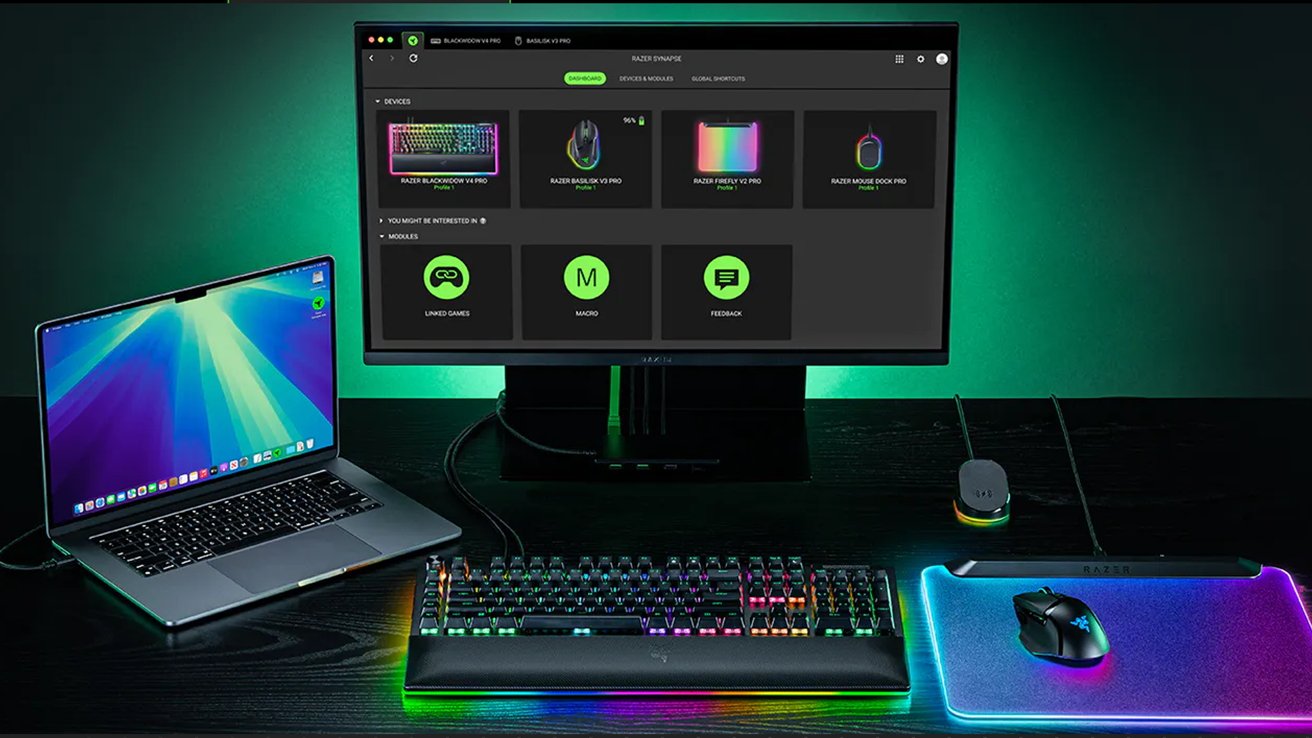
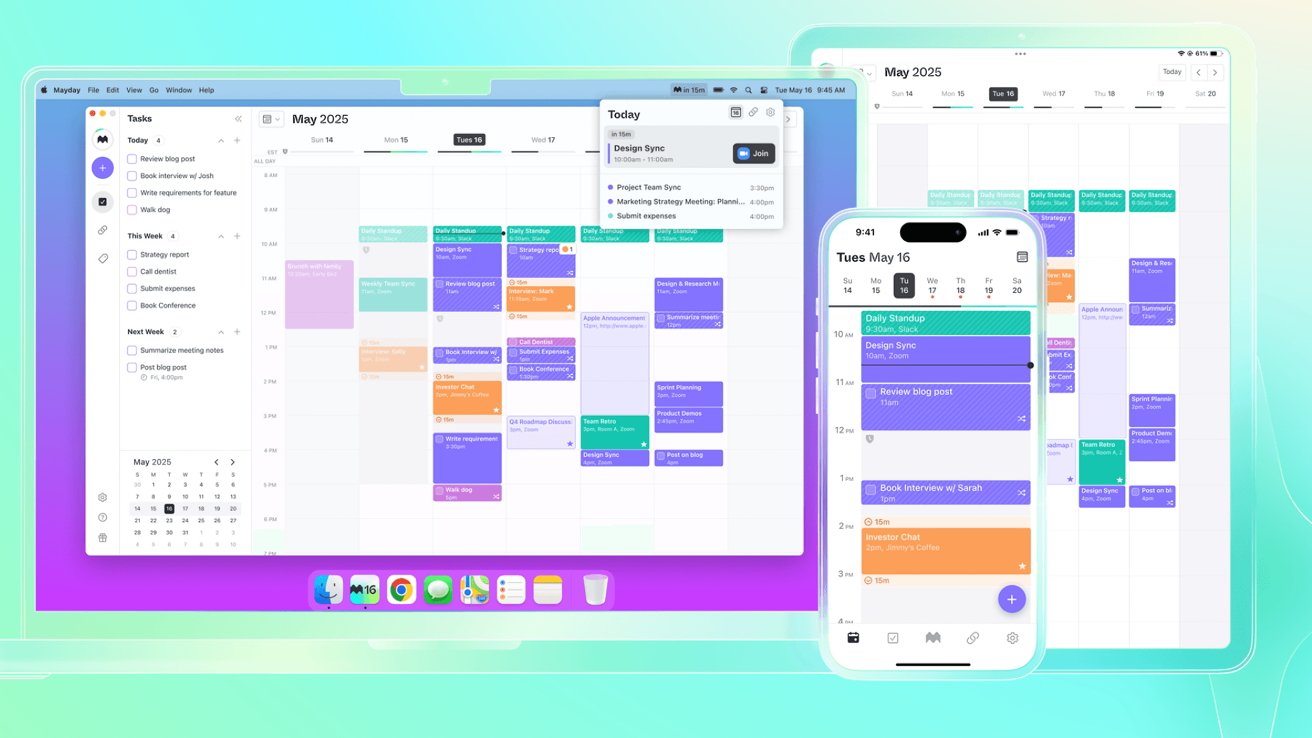
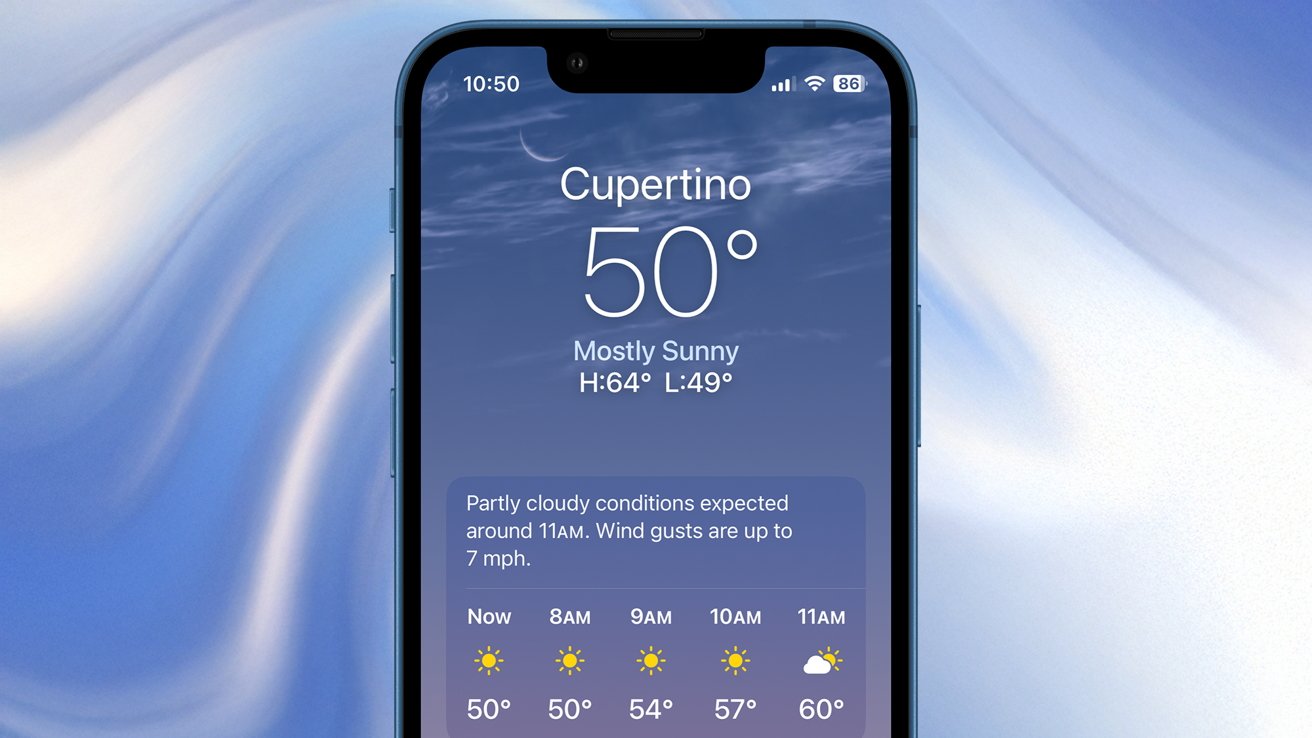



























![Apple Foldable iPhone to Feature New Display Tech, 19% Thinner Panel [Rumor]](https://www.iclarified.com/images/news/97271/97271/97271-640.jpg)
![Apple Developing New Chips for Smart Glasses, Macs, AI Servers [Report]](https://www.iclarified.com/images/news/97269/97269/97269-640.jpg)
![Apple Shares New Mother's Day Ad: 'A Gift for Mom' [Video]](https://www.iclarified.com/images/news/97267/97267/97267-640.jpg)





































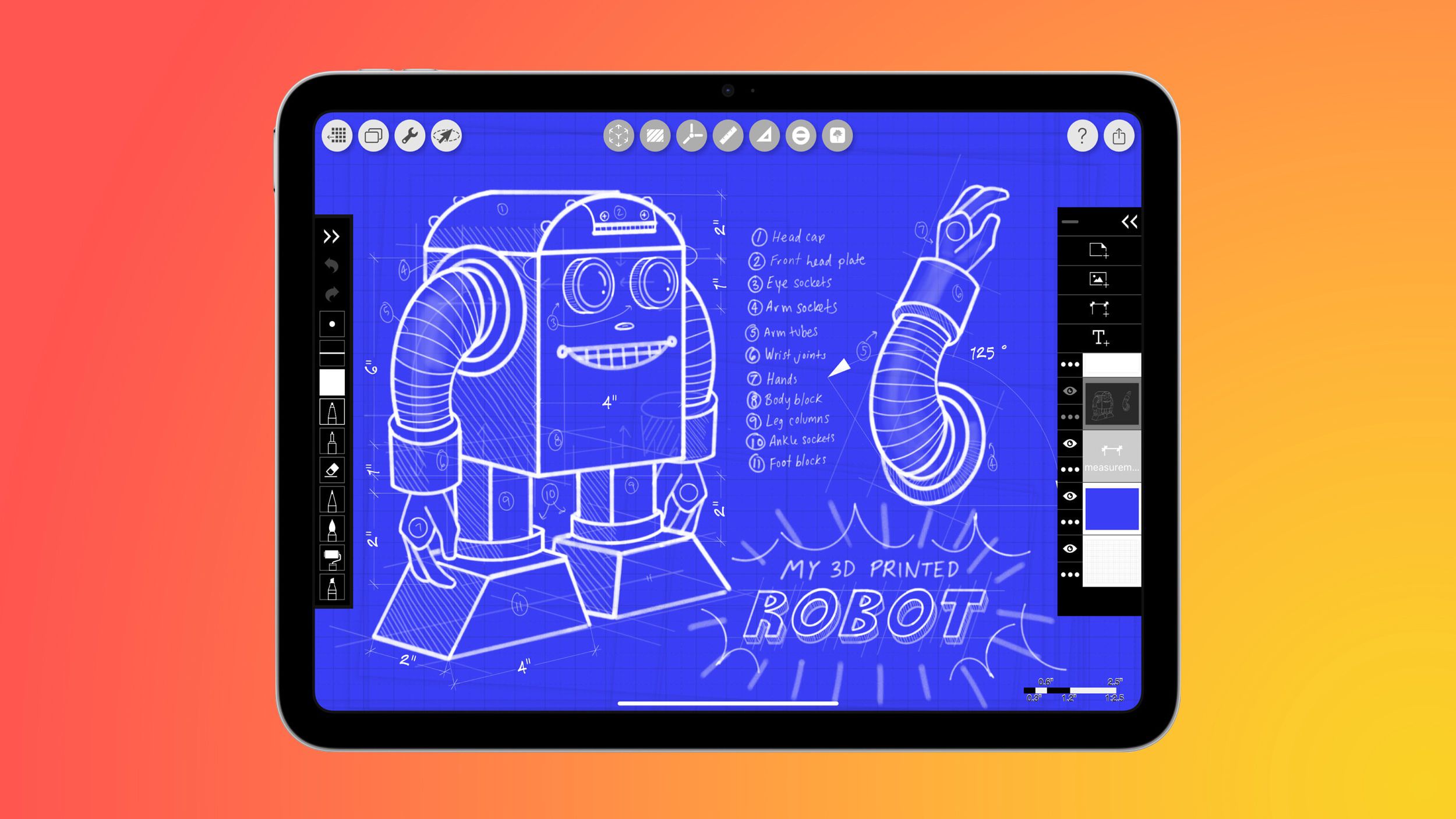
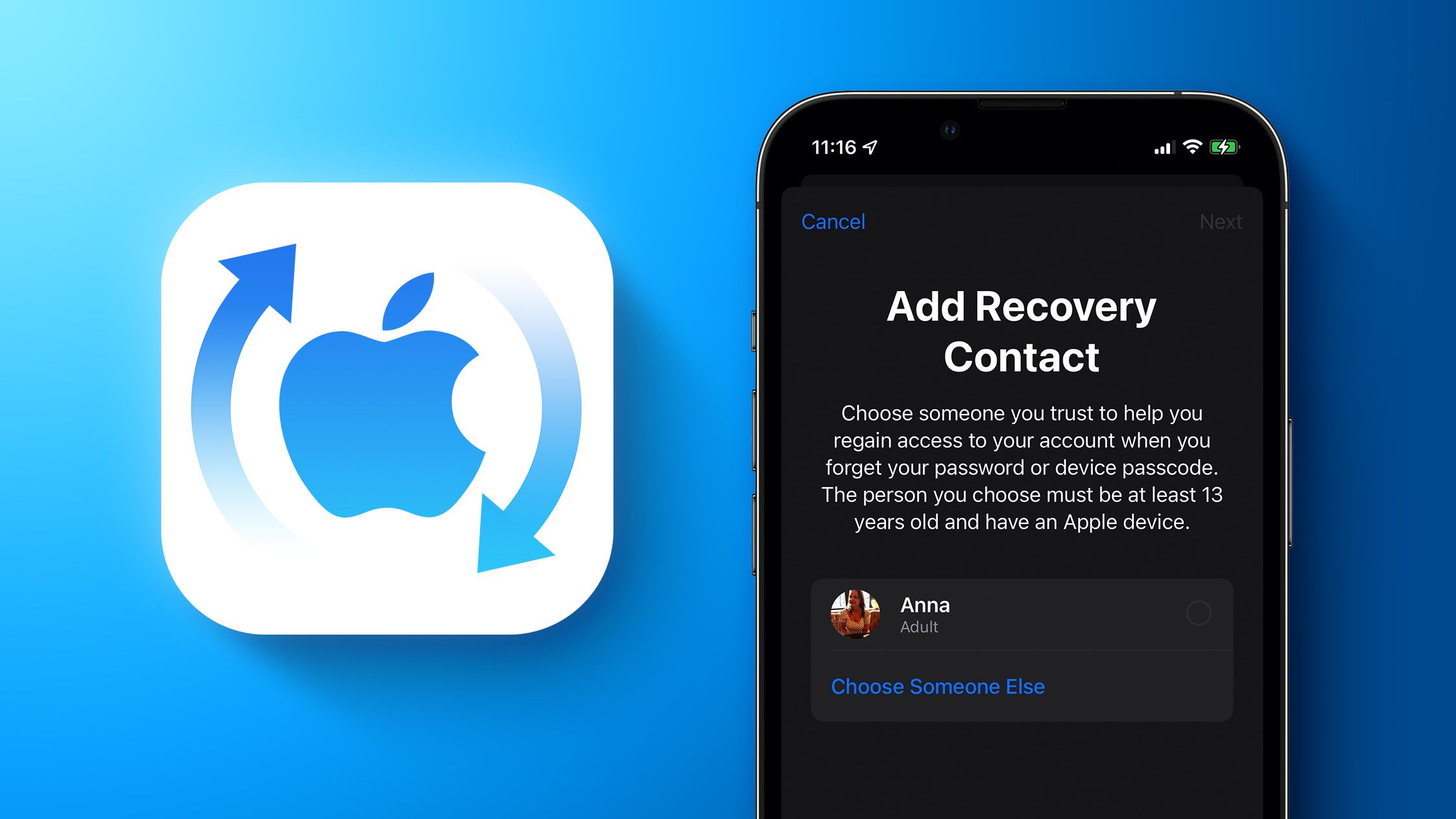




























![[Weekly funding roundup May 3-9] VC inflow into Indian startups touches new high](https://images.yourstory.com/cs/2/220356402d6d11e9aa979329348d4c3e/WeeklyFundingRoundupNewLogo1-1739546168054.jpg)
































